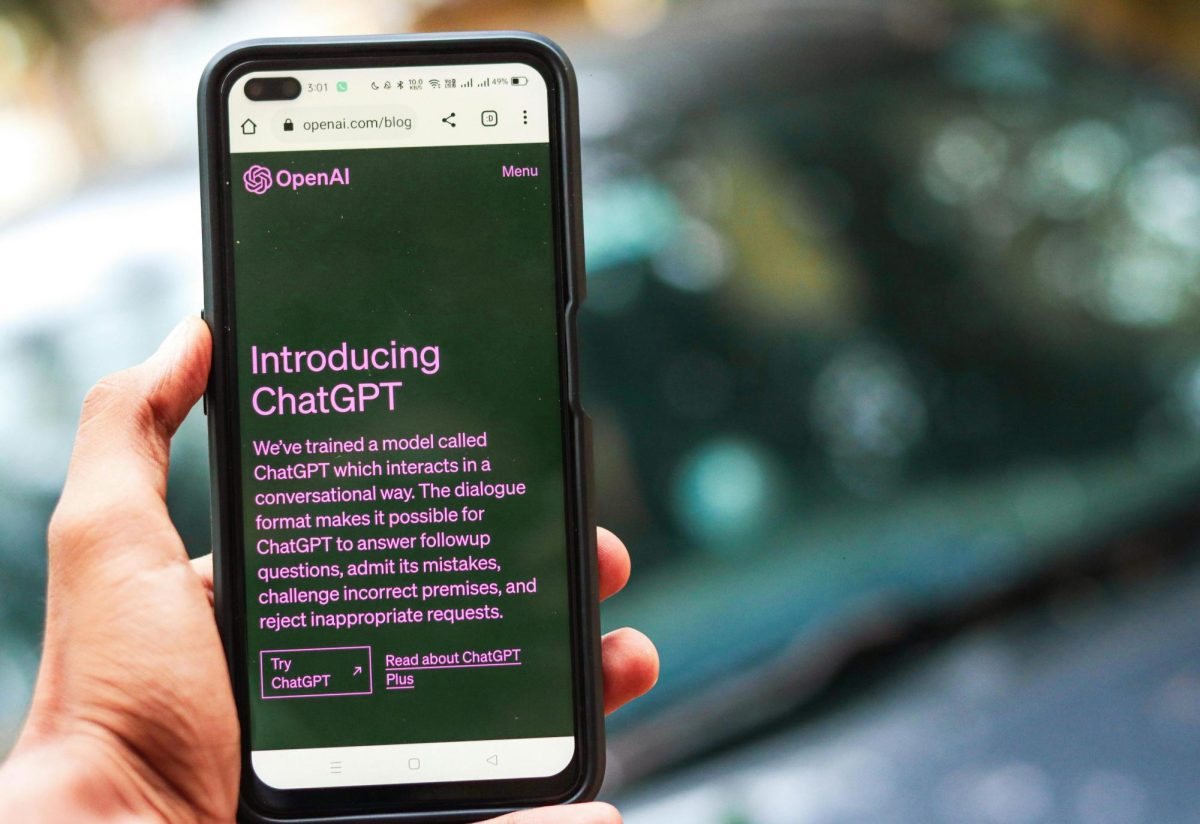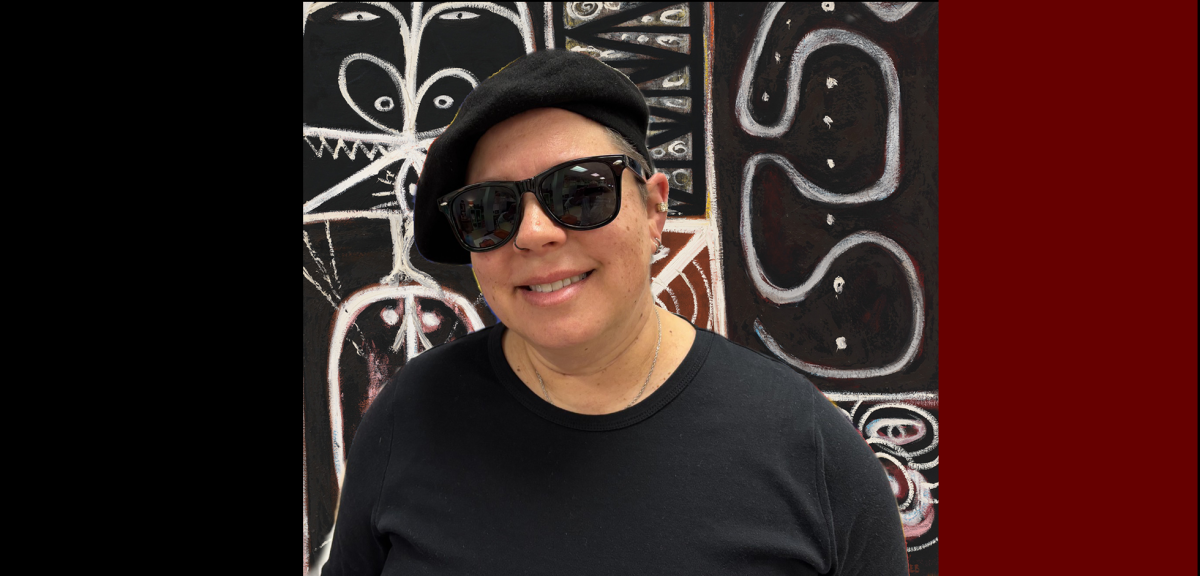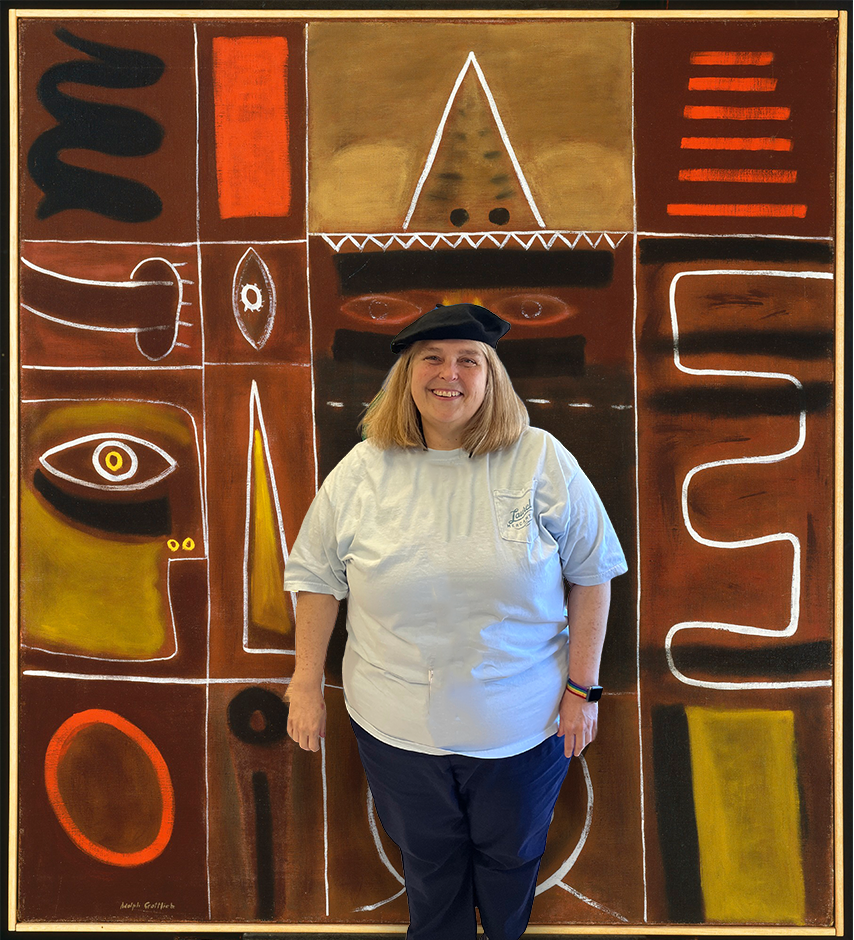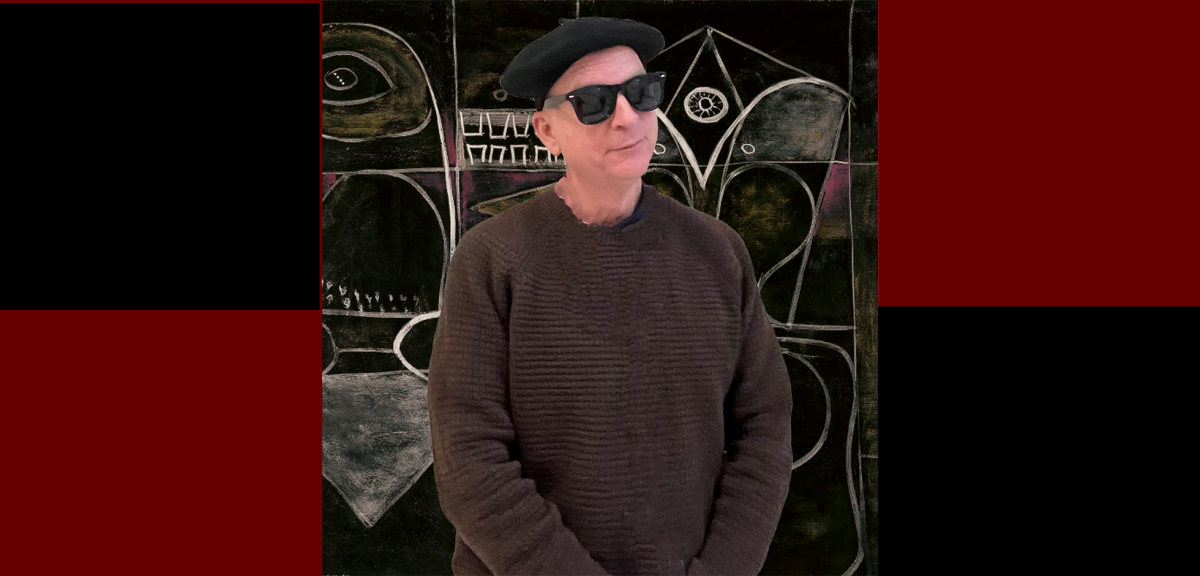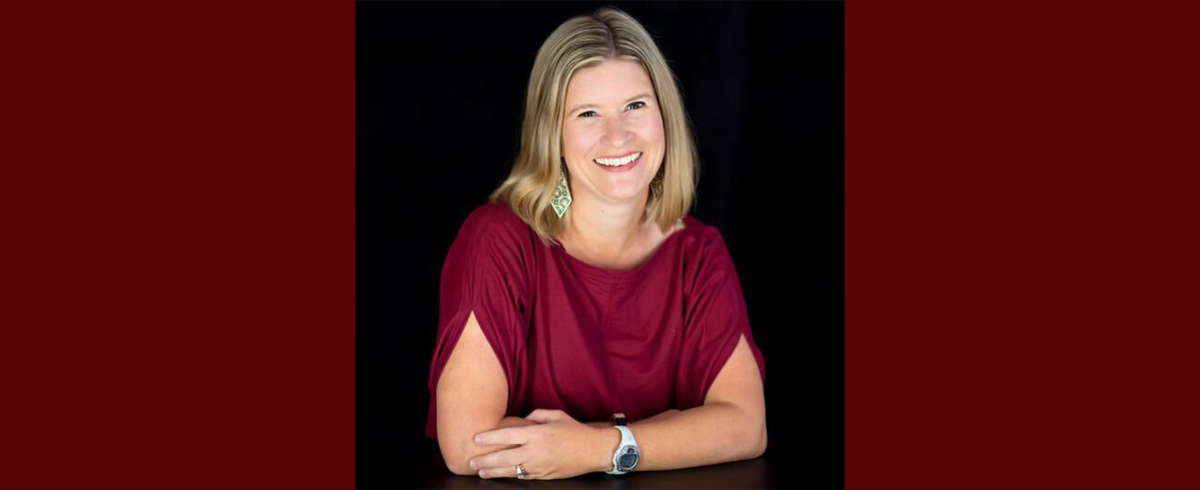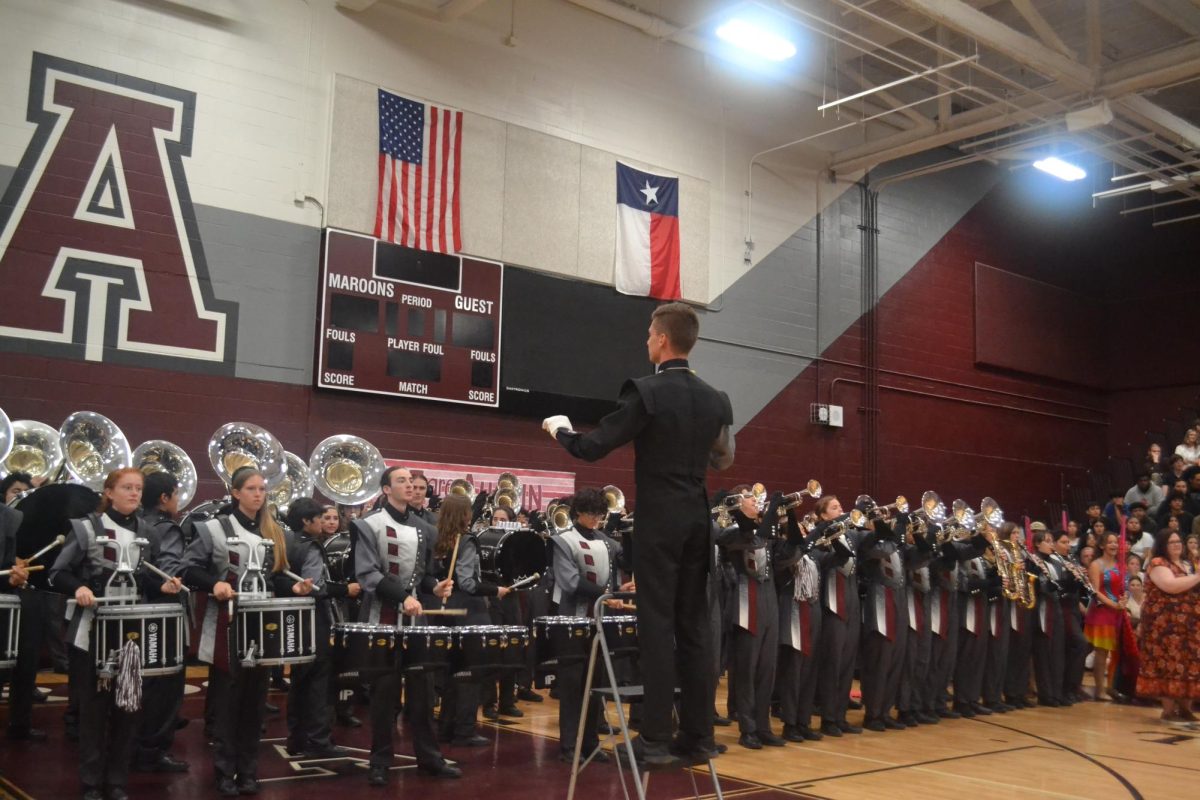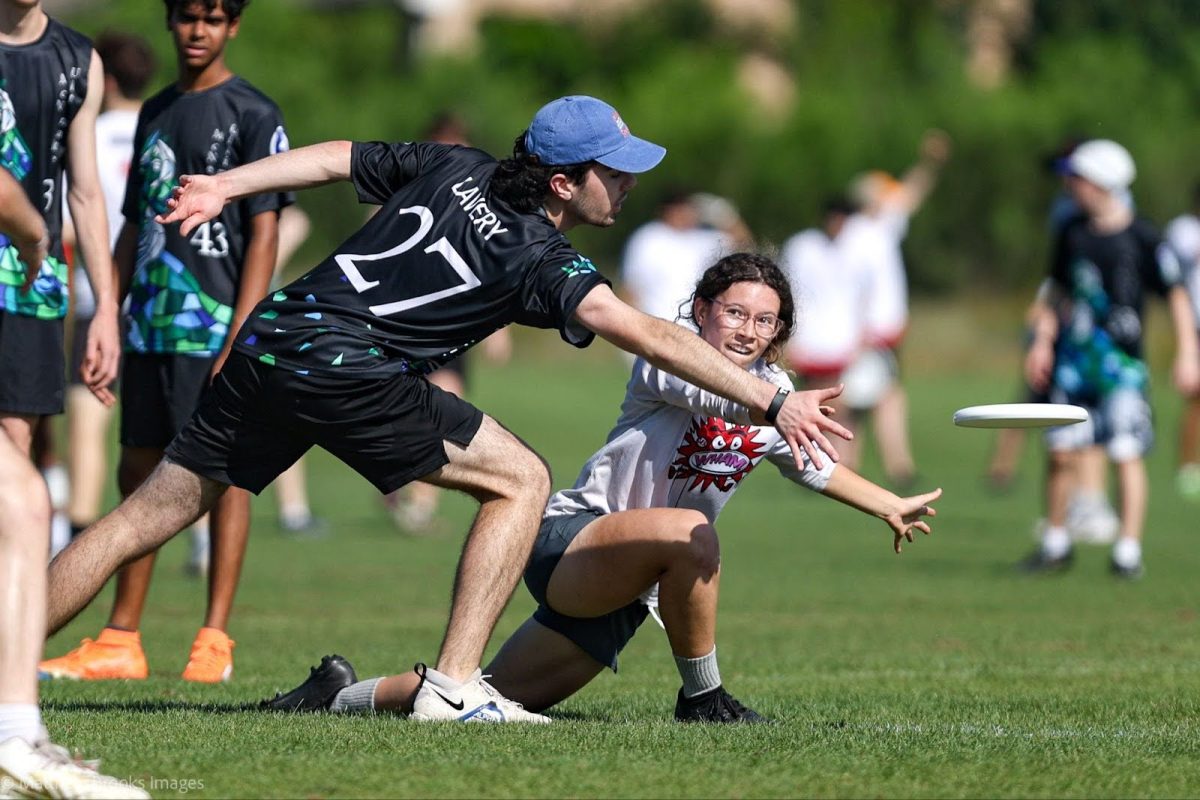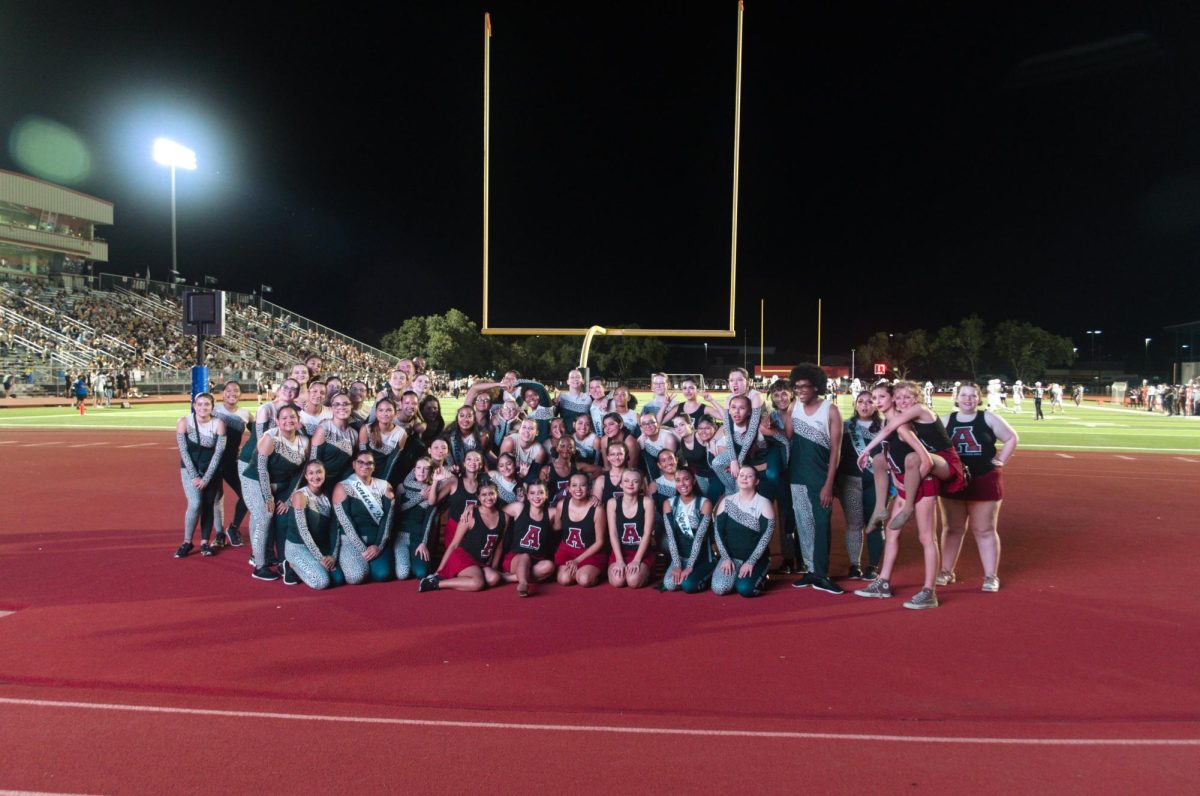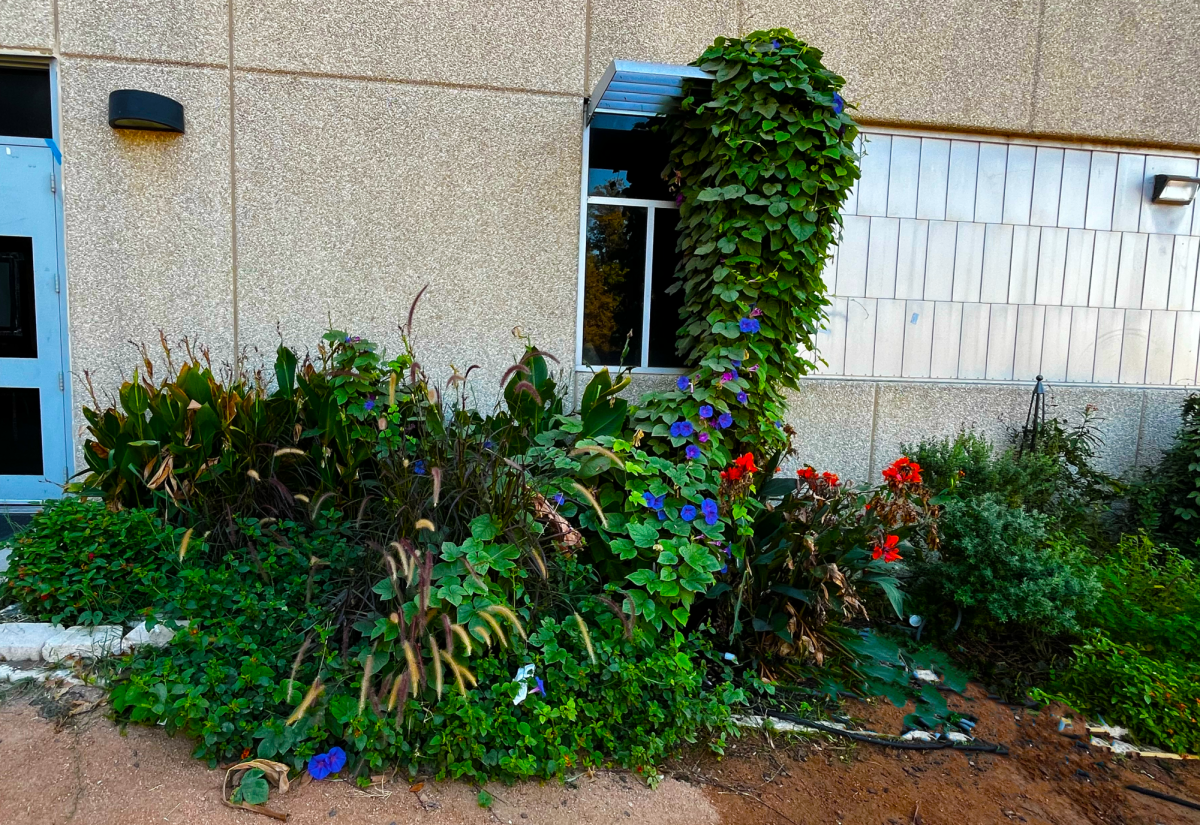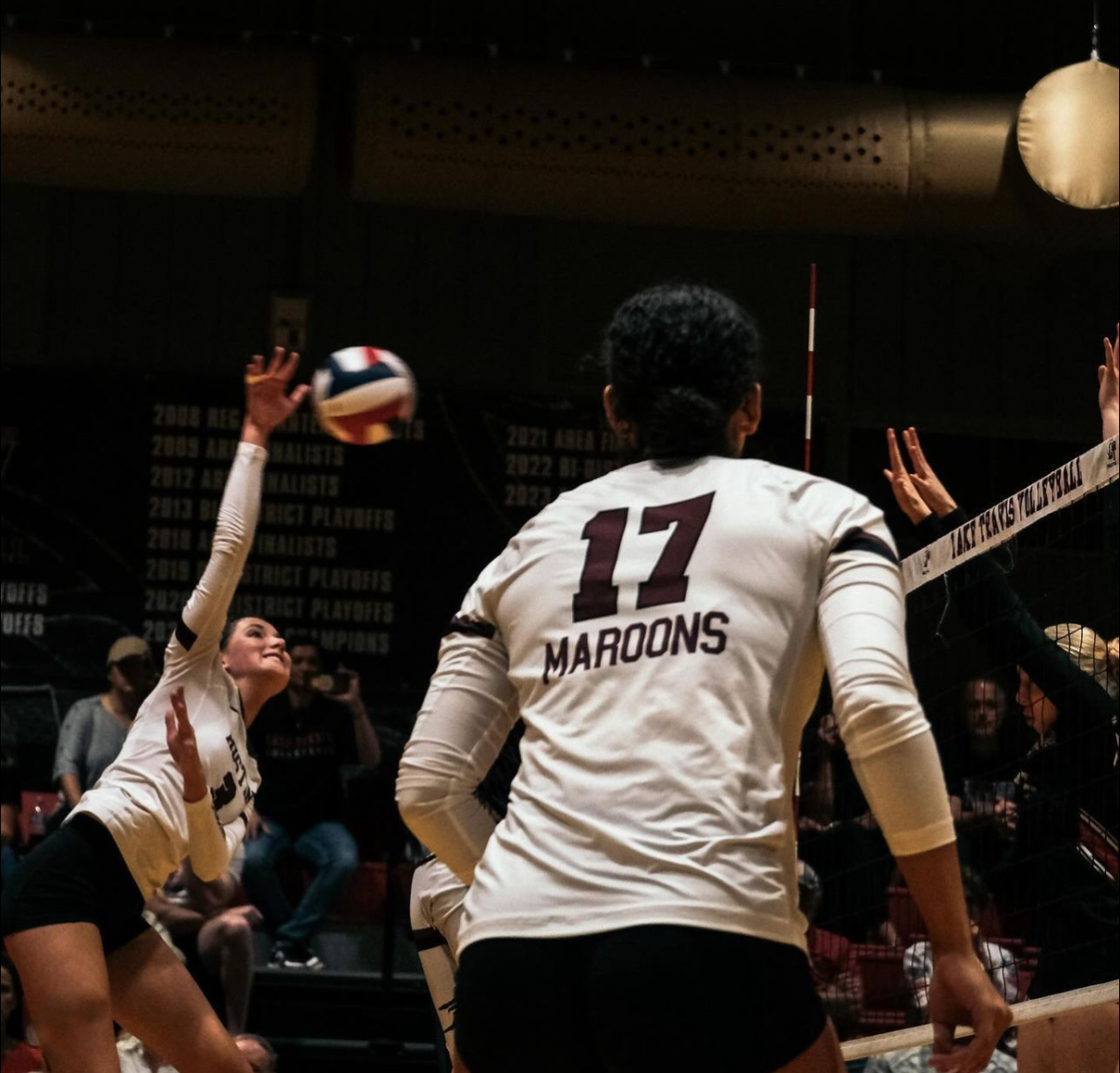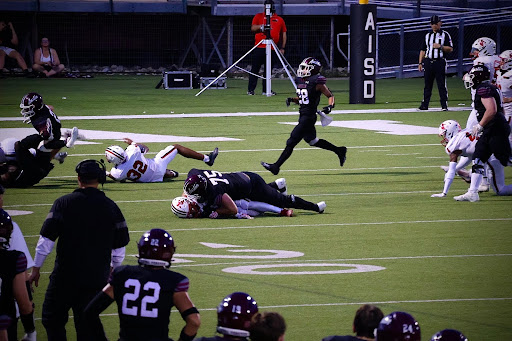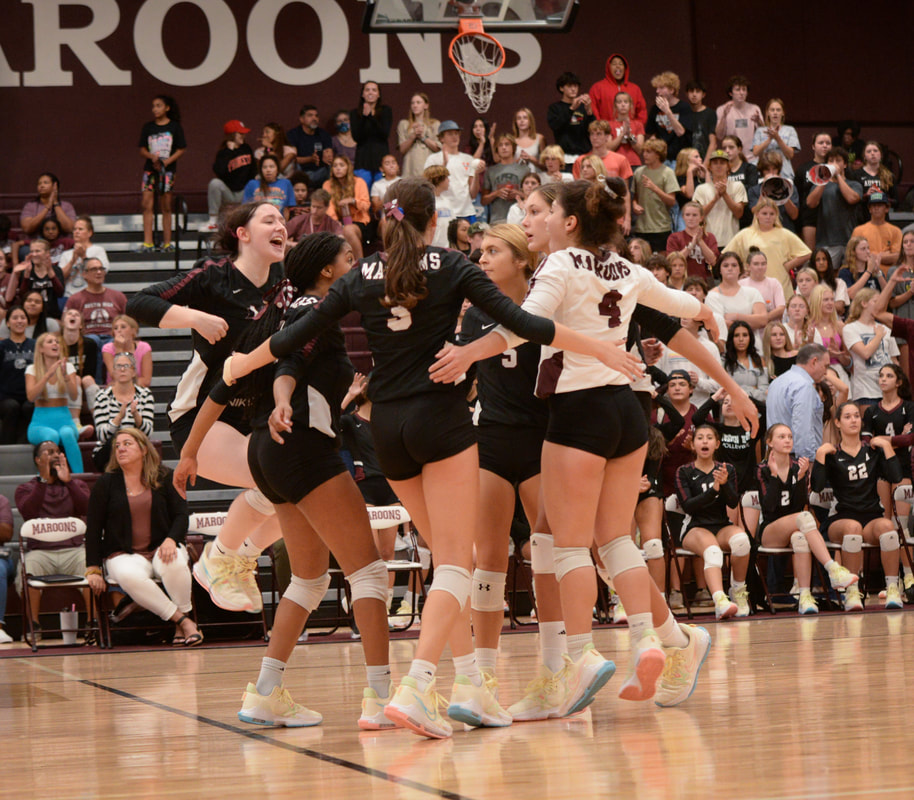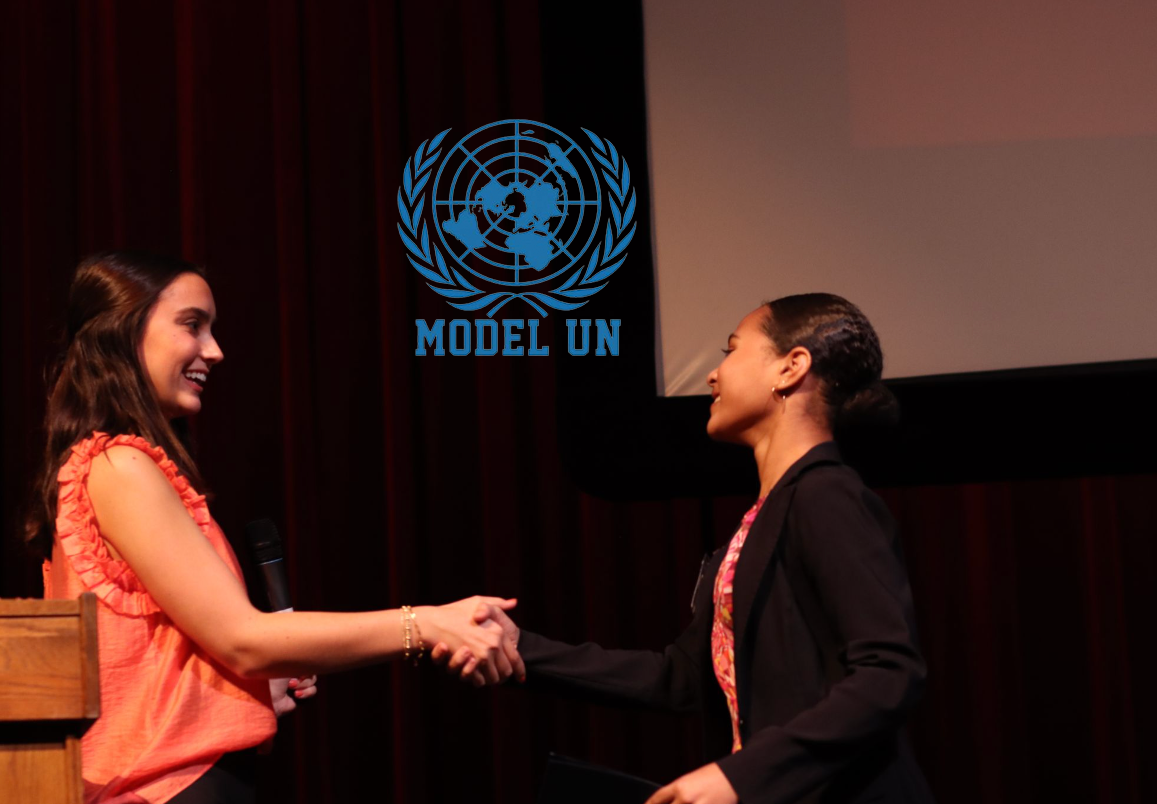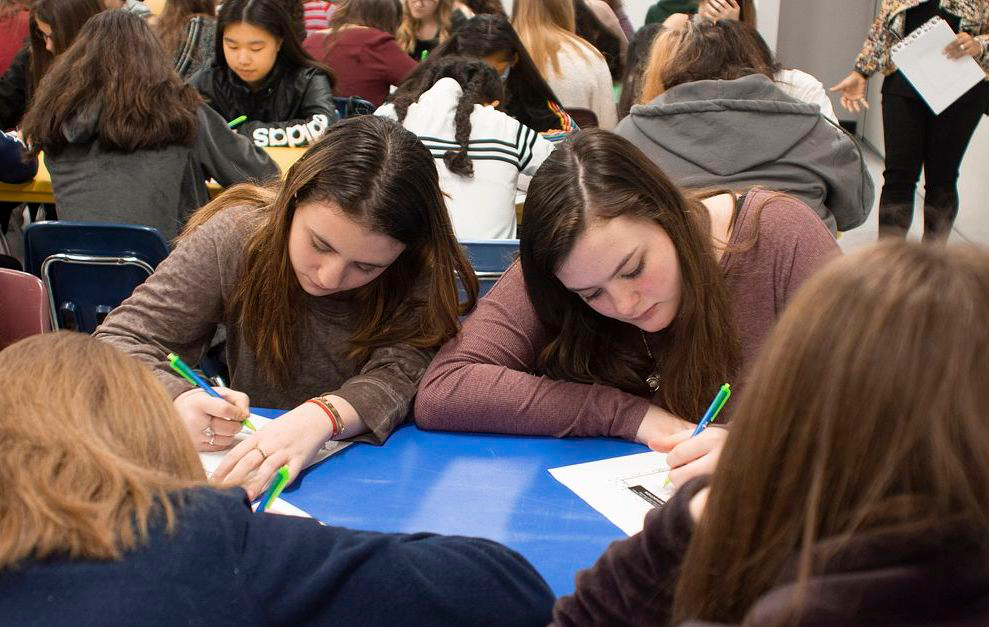Every year, the world faces new challenges and new advances, and people have to adapt. While technology and artificial intelligence can make our lives easier, under the lens of a school, it can pose a challenge. Students increasingly have access to ideas that are not their own and can generate solutions with the click of a button. More than ever, there is an epidemic of cheating that teachers must adapt to.
ChatGPT was created by a company called OpenAI. After attracting millions of users worldwide, the company quickly grew to be valued at over a billion dollars. While this tool was unfamiliar to schools and could be a tool for students, the release of ChatGPT has not significantly affected the amount of cheating. According to a Stanford study, the percentage of cheating remained the same. The question remains: is ChatGPT a helpful resource, or will it harm students’ ability to think by themselves?
With the increased prevalence of AI, detecting plagiarism can become increasingly difficult. Before the age of AI, plagiarism was easy to find by comparing a student’s work with online resources. Now, teachers face competition with a competent, intelligent, online resource that can craft a believable response to any prompt. As a result, the school has had to invest in expensive AI detectors, all to determine if a student’s work is really theirs.
While ChatGPT and other AI sources have the potential to be great tools in the classroom, they are still in the early stages of development. English teacher Ms. Castro will continue to use paper-based learning in class, as it is linked with a greater consumption of information. “There is still research that supports paper-based learning and hand-writing,” Ms. Castro explains. As a result, she sees no transition to using AI in the classroom in the near future, since there are no clear arguments proving otherwise.
AI tools do not serve the single purpose of helping students with essays, however. The tool can also explain math and science problems, allowing students to understand the material in the absence of a teacher. The ChatGPT bot can work at a slow pace, adapting to their gaps in knowledge and catering to the pace each student needs. It can learn what students struggle with and explain how to complete a question in multiple different ways. If a student wishes to pursue independent learning or needs an accessible, one-on-one teacher, ChatGPT is an educational breakthrough.
Currently, the use of artificial intelligence in education seems to be more of a threat to learning than helpful. Even when ideas and prompts are suggested to students to give them ideas, this will negatively affect the students’ thinking skills in the long run. Due to a psychological phenomenon called cognitive fixation, readers will perceive the prompt only in the way that AI suggests. After allowing the ideas of AI to infiltrate their mind, the student will be unable to use creative thinking skills on their own. Once someone sees a good idea, this acts as a barrier for them to create their own ideas.
AI can be a threat to independent thinking, but with the right intentions, it is greatly beneficial. As the tool continues to change and become more advanced, the best is yet to come.
The world will continue to change, and new technology will be brought to the school atmosphere. Teachers and students alike will have to adapt to these changes to keep up with the overall goal of sharing knowledge and learning.



